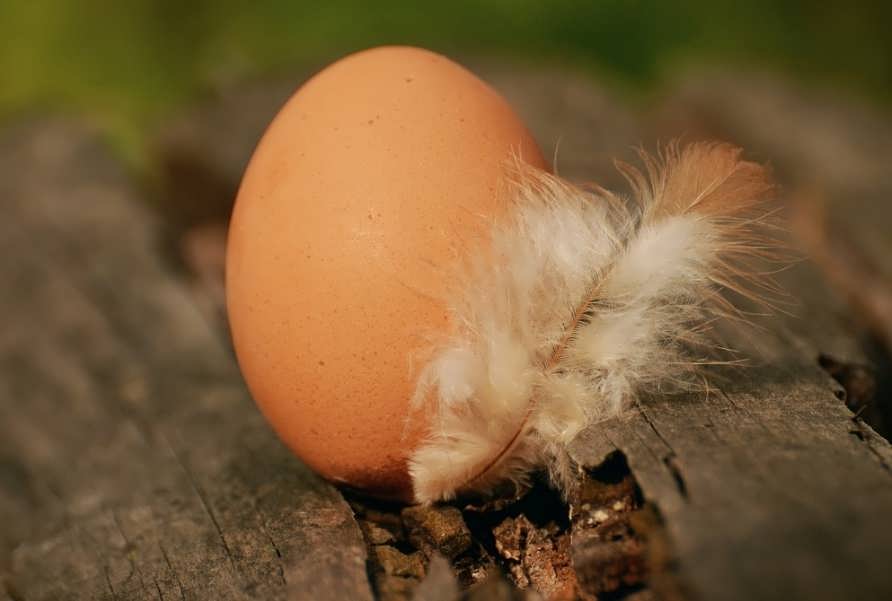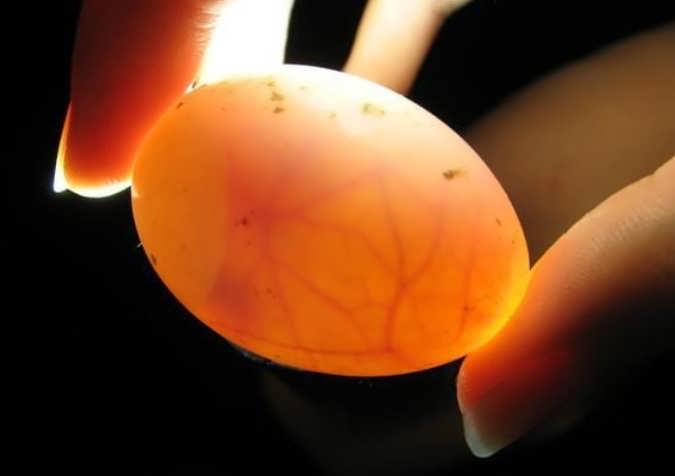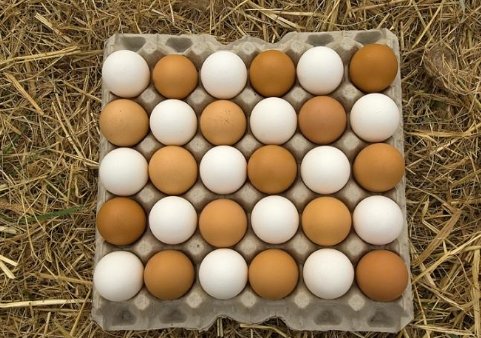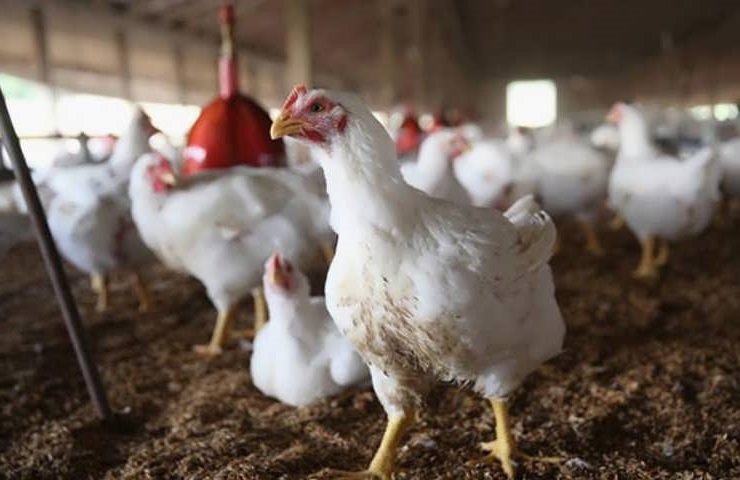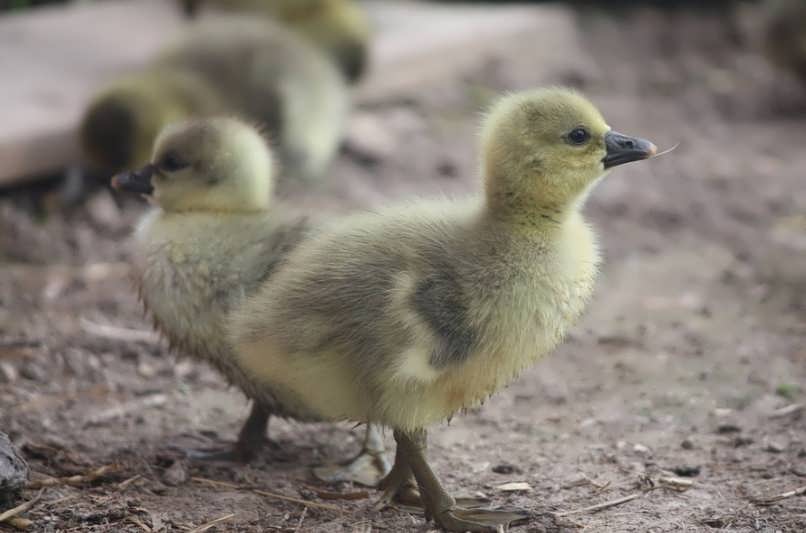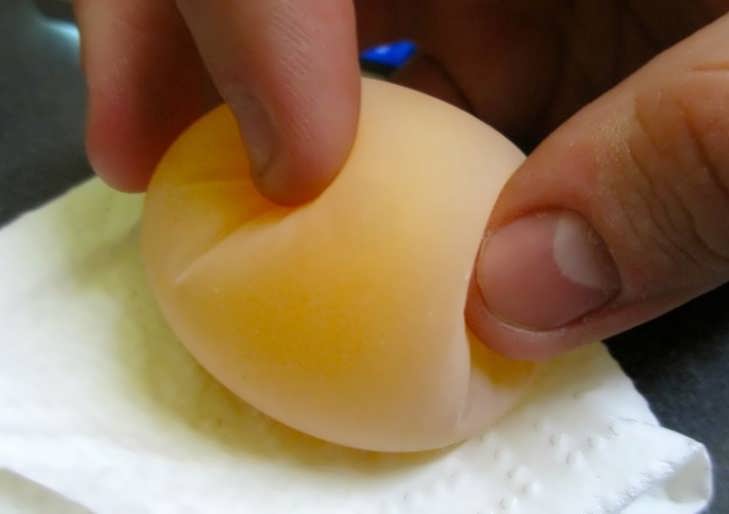For poultry breeders, the incubator will become a full-fledged replacement for several hens. Several dozen eggs of any poultry are placed inside. The percentage of successfully hatched chicks depends on compliance with the rules of incubation - laying eggs and maintaining the temperature regime.
For the successful breeding of chicks, it is necessary to carefully select each egg. One or another type of poultry has its own characteristic features of incubation: temperature, humidity level, number of turns, etc.
When laying eggs in an incubator, the following factors must be considered:
- Acceptable temperature conditions for this type of poultry
- Incubation time until eggs hatch
- Ventilation features
- Methods for laying eggs inside the incubator
- Terms of research of eggs on the health of the embryo
In this material, we will also consider the question of how to disinfect the incubator and the eggs themselves, and what are the nuances of laying eggs for incubation.
Bookmark preparation
Preparation of eggs for laying takes place in several stages. First of all, you need to collect the right number of eggs for incubation. It is recommended to take fresh, demolished at least 12 hours in advance. Keep the eggs in a dry, dark place at room temperature.
After the required number of eggs has been collected, the embryos should be checked with an ovoscope . This device can be purchased or made at home.
To do this, you need to take a floor lamp, and then proceed according to the following scheme:
- Remove the lampshade
- Put in its place a tin can with a small hole at the top
Thus, you can make an ovoscope at home. It doesn't matter which end to attach the egg to, because during the x-ray process it will have to be turned in all directions. Applying the egg to the upper hole, carefully inspect it. Pay attention to the following signs:
- In an egg suitable for incubation, the yolk has a fuzzy shape. It is located closer to the middle of the egg and does not touch the shell. When you turn the egg, it moves slowly, smoothly
- The size of the dark spot, the air chamber, should not exceed 2 mm, and the chamber itself should remain motionless
- If light stripes are displayed on the shell during the lumen, then the bird's oviduct is disrupted
- Light spots on the shell indicate a lack of calcium. There is a high risk of breaking eggs during incubation
- Black spots are a sign of the unsuitability of the egg for incubation. It's best to get rid of this immediately.
Before you check the eggs on the ovoscope, you need to make sure that there are no cracks and holes on the shell. In such eggs, the chicks simply will not develop.
How to lay eggs in an incubator
So, you checked the eggs for integrity. Now it remains only to lay them inside the incubator. There has long been a debate among poultry farmers about the need to wash eggs before incubation. There is no great need for this, however, if the egg is dirty, there is a risk of infection that can kill germs in other eggs. If you want to play it safe, then it will be useful for you to learn how to wash eggs before laying. It is not recommended to do this with ordinary tap water due to the high risk of damage to the shell.
There are many options for how to process the eggs and the incubator itself before laying. Eggs must be washed with a solution of potassium permanganate. To do this, you need to prepare a solution in water with a temperature not lower than +30 degrees and not higher than +38 degrees. After that, put the eggs in a colander or sieve and carefully lower them into a container with a solution.
It should be washed very carefully for 2-3 minutes. Now that there is no dirt left on the eggs, lay them out on a clean towel and wait until they are completely dry.
Disinfection of the incubator before laying is required. There are many opinions on how to properly disinfect an incubator. But the most effective method remains the treatment of the incubator from the inside with a disinfectant - a formalin solution , or with the help of Monclavit-1 and Brokarsept antiseptics. There are no significant contraindications to the use of these drugs.
How to lay chicken eggs
The chicken is considered the most popular among poultry, due to its good performance (up to 300 eggs per year per individual) and ease of care. The chicken egg must lie in the incubator for at least 21 days to hatch the chicks.
Before incubation, chicken eggs should lie in a dry place, protected from drafts, for 12 hours. It does not really matter which end to put the eggs in the tray - chicken eggs can be laid in any position if in the incubator for several dozen eggs.
If the incubator has automatic egg turning , then you will need to set the device to turn eggs 4 times a day. The required temperature is within +38 degrees.
From 1 to 11 days, airing the eggs is not required. From the 12th to the 17th day inclusive, it is necessary to ventilate the eggs 2 times a day for 5 minutes.
From 18 to 19 days - 2 times a day for 20 minutes.
In the last two days of incubation, the eggs no longer require coups. They need to be aired twice a day for 5 minutes.
How to lay goose eggs
The goose is considered one of the largest domestic birds. Goose eggs in their composition contain a significant amount of fat, so it is recommended to carefully prepare for the incubation of goose eggs . The incubation period is 28-33 days. The temperature in the incubator when laying should be 40-41 degrees Celsius.
Laying eggs is recommended in a horizontal position. Twice a day it is necessary to ventilate the eggs for five minutes.
How to lay duck eggs
Because the duck is a waterfowl, the eggs contain a lot of water, which can cause the eggs to freeze during aeration. Duck eggs must be thoroughly washed in a solution of potassium permanganate, due to the high likelihood of contamination and the appearance of stains inside the incubator chamber.
Eggs must be aired in the morning and evening. Air humidification is carried out using a spray gun. The temperature inside the incubator must be at least 38 degrees Celsius. If puddles or dirty stains appear, it is permissible to wipe the eggs with a soft sponge for washing dishes. period for duck eggs is 26-34 days.
How to lay quail eggs
The laying of quail eggs follows a similar pattern. Both horizontal and vertical position of eggs is acceptable. When considering the question of how to properly lay quail eggs in an incubator, it should be noted that due to the small size of the eggs, they require trays of appropriate sizes. You can make them yourself if they are not in the incubator.
The optimum temperature is 37-38 degrees Celsius. period for quail eggs lasts 17 days.
Laying eggs indoutok
The Indian duck or Muscovy mute duck is considered one of the most unpretentious poultry. The average weight of an indochka egg is about 80 grams. Unlike the eggs of other birds, the eggs of the indoutka cannot be washed, so as not to damage the embryo. They are cleaned with sandpaper.
On average, the incubation of Muscovy duck eggs at home lasts 34 days. The average temperature should be 37 degrees. From days 1 to 29, it is necessary to turn the eggs twice a day.

